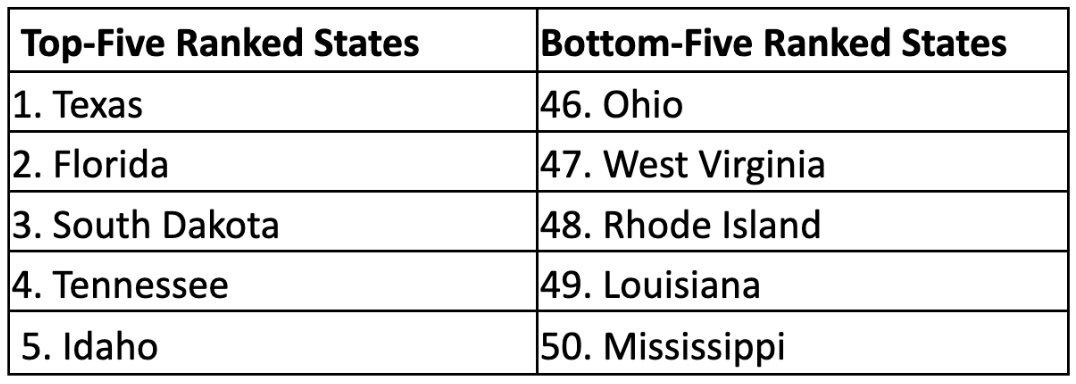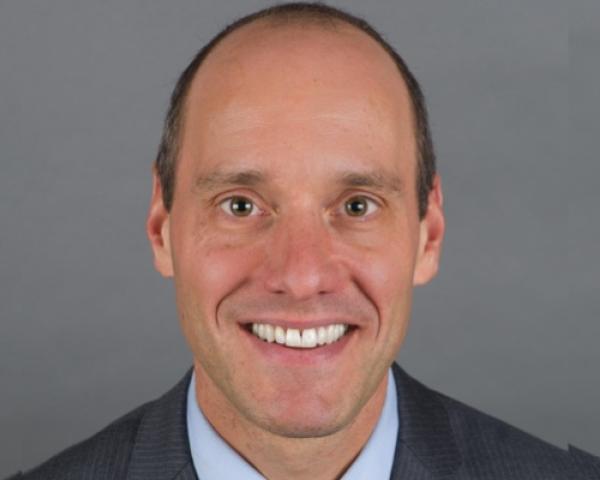KEY TAKEAWAYS:
--When it comes to forecasting the liability risk factors of the obesity epidemic, our radars may need to shift away from obesity drivers and toward obesity solutions such as Ozempic and Wegovy.
--It may behoove risk management professionals to think carefully about other emerging risks, as well. For example, numerous products (such as cannabis and, more recently, psilocybin products) are being marketed to help address mental health, sometimes without merit or without clear understanding of what side effects can ensue.
----------
There are countless factors that go into emerging liability risk assessment. But at a high level, a systemic event typically has followed this track:
- Company (or Industry) X is alleged to transgress in its operations.
- Injuries ensue, and a large cohort of individuals coalesce into a class action.
- The risk “emerges” with a payout of hundreds of millions or sometimes even billions of dollars.
Risk managers and insurance carriers must monitor emerging risks that can pose a threat to the balance sheet of their companies as a result of this type of event. One of these areas of concern has been the obesity epidemic, in part due to a staggering 42% of Americans now being considered obese, a stark increase from 15% in the late 1970s.
The prerequisites are in place for this to mushroom into a significant liability event, but it hasn’t yet. Causality has been tricky. Is the cause sugar? Saturated fats? Geography? Genetics? There is also a human element: Regardless of actual accountability, it is difficult to vilify the entities whose logos are globally recognized, whose advertisements adorn our televisions and whose products people enjoy.
This isn’t to say the tide won’t eventually turn – it was once thought to be unfathomable that cigarette manufacturers were guilty of anything. But when it comes to forecasting the liability risk factors of the obesity epidemic, our radars may need to shift away from obesity drivers and toward obesity solutions.
The Obesity Economy Is Rife With Risk
Ever hear of the Emerging Risk Economy? I haven’t either. That’s because it’s not a thing. But should it be?
A massive payout to settle a lawsuit doesn’t necessarily mean a risk is completely emerged. A huge payout could simply be the first chapter of the story. Problems typically lead to solutions -- but they may pose risks, themselves.
The Master Settlement Agreement (MSA) in 1998 led to Big Tobacco companies paying over $200 billion across the country, but there were still millions of people hooked on their products. Fast forward to the advent of the e-cigarette industry, promoted as a less dangerous alternative for addicted users. But some companies ultimately fell into the same perverse incentive structures to lure teenagers to use their products as the original Big Tobacco companies did. As a result, the e-cigarette companies, too, have been sued for hundreds of millions of dollars, an example of "solutions" begetting more risks.
See also: Wellness Vendors Keep Dreaming
While there has been no whiff of an MSA equivalent for any industries that could potentially be contributing to recent obesity trends, the wave of products (Ozempic, Wegovy, Rybelsus and Mounjaro, to name some) that have been developed to assist with weight loss could represent the pathway for the obesity epidemic to “emerge.”
Here are just a few areas of concern that could foster a pathway to litigation down the road:
- Widespread Use – In 2022 alone, 5 million prescriptions were written for the aforementioned weight loss products, up from 230,000 in 2019. This number may be poised to increase, with the successful marketing practices applied by targeted advertisements and social influencers, proliferation of telemedicine efforts by Congress to enable these drugs to be covered by Medicare and a recent recommendation from the American Pediatric Association that physicians should consider prescribing these drugs as part of a set of treatments for kids with obesity.
- Interplay of Competition and Incentives – The companies manufacturing these products represent some of the biggest pharmaceutical companies in the world and are likely keen on getting in on a market Barclays says could reach $200 billion in the next decade. As Charlie Munger once said, we should “never, ever, think about something else when [we] should be thinking about the power of incentives.” And the incentive to tap into this market quickly and beat out the competition for major global players with deep pockets is very strong.
- Serious Health Concerns – Alongside use of some of these products have come reports of renal failure, pancreatitis, intestinal obstruction, lessened bone density, decreased muscle mass, sarcopenia and “Ozempic Face.” The EU recently announced it will be investigating products in this class of drugs amid concern that use may contribute to suicidal thoughts. With use expected to pick up among children, there is scant information available on what long-term impacts can be.
Keep an Eye on the Emerging Risk Economy
It may behoove risk management professionals to use this lens for other emerging risks, as well. For example, mental health, which has come under the microscope in recent years, has followed a similar arc as obesity. It has been difficult to pinpoint the key drivers to this issue, but numerous products (cannabis and, more recently, psilocybin products are just two examples) are being sold and marketed to help address mental health, sometimes without merit or without clear understanding of what side effects can ensue.
























